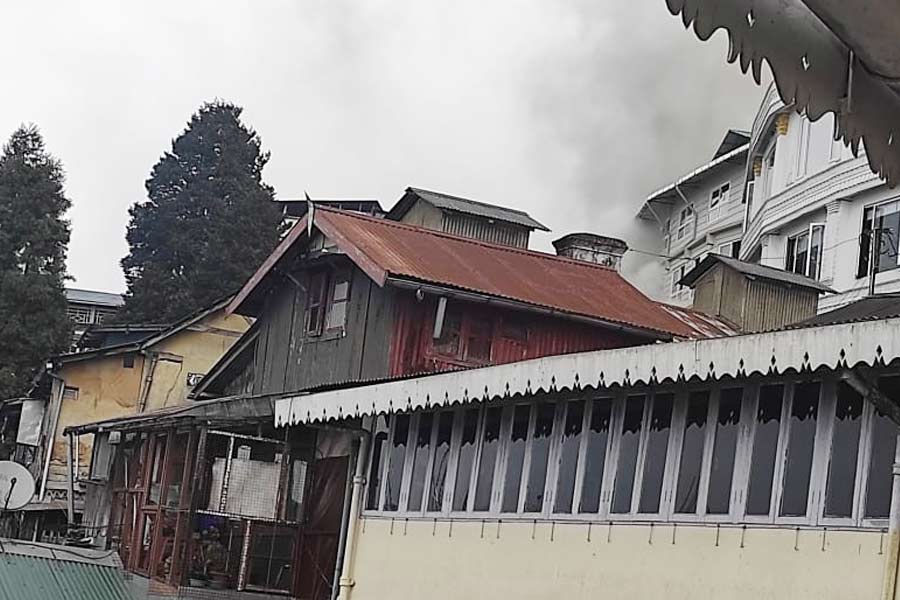The Centre on Wednesday swatted away fears of stagflation even as the growth print of 4.1 per cent in the fourth quarter was the lowest in the last fiscal.
Economic affairs secretary Ajay Seth told reporters in the capital that the worst was over and there was no risk to the government’s GDP growth forecast of 7.5 per cent for the current fiscal.Seth said the “number seems doable’’, although analysts refused to share his optimism.
He said the moderation in the fourth quarter number was on account of the Omicron variant triggering localised lockdowns and the Ukraine war.Replying to a query on whether India is facing a risk of stagflation — a lethal combination of high inflation, unemployment and low growth — Seth said the growth rate of 8.7 per cent in the last fiscal was “very credible’’.
It reflected that all sectors of the economy are now above the pre-pandemic levels. Moreover, “the growth momentum even in those sectors who are just above the pre-pandemic levels have been positive’’.
However, economists remain cautious: a note from Crisil said the 8.7 per cent growth — the first provisional estimate announced on Tuesday — was a tad slower than the growth rate of 8.9 per cent announced in the second advance estimate released in February 2022.
The rating warned the outlook for the current fiscal is fettered by multiple risks.
“Global growth is projected to be slow, as central banks in major economies withdraw easy monetary policies to tackle escalating inflation. This, together with high commodity prices translates into a negative terms of trade shock for India.”
“Higher and broad-based inflation domestically will create a drag on consumption revival. Uncertainty due to the Russia-Ukraine conflict could put some of the private capex plans on the back burner,’’ it said.A note from Anand Rathi expects the growth rate will come down to 7.5 per cent in 2022-23 because of factors such as monetary and fiscal tightening, higher interest rates, supply disruption and global slowdowns.
Factory PMI
Factory activity expanded at a better-than-expected pace in May as overall demand remained resilient despite persistently high inflation, encouraging firms to hire at the fastest rate since January, according to a private survey.
The Manufacturing Purchasing Managers’ Index, compiled by S&P Global, came in at 54.6 in May, slightly lower than April's 54.7 but above the 50-level separating growth from contraction for the 11th month.











